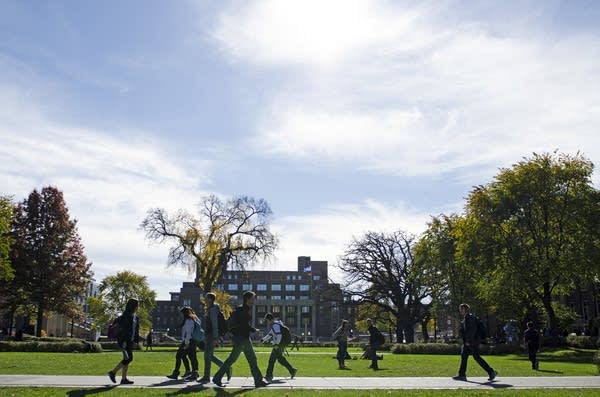Myriad options, pressures can silence sex assault victims

People walk across the University of Minnesota's Northrop Mall on Tuesday in Minneapolis.
Sam Harper for MPR News
Go Deeper.
Create an account or log in to save stories.
Like this?
Thanks for liking this story! We have added it to a list of your favorite stories.


